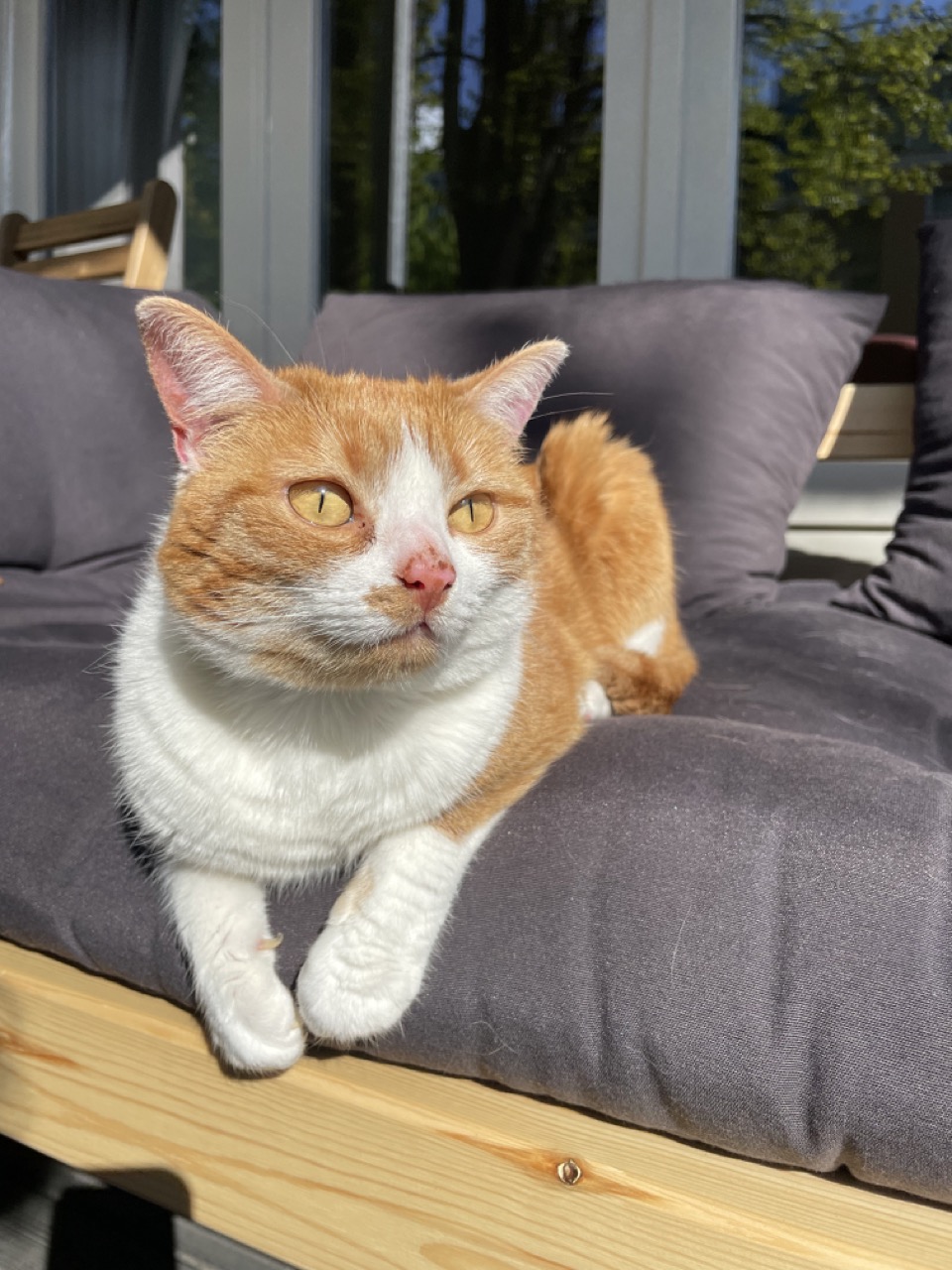Cat epilepsy: what you can do
I am neither a Vet nor a doctor. My aim in this article is to share my experience. Please consult a vet before trying anything mentioned in this article.
First seizure
Almost 3 years ago, during the covid pandemic, I got a kitten and called her Gijsje as I had always loved cats and finally decided to get one during the uncertain time of lockdowns. Two months after I had my kitten, she had her first seizure. I realised that it was a seizure because the year before I saw a man fall off his bike in front of my previous apartment and I heard him later say that he had an epileptic seizure and forgot to take his medicine that day.

I had already developed a bond with Gijsje, she was like my little girl and I loved taking care of her. She's very special as she always accepted my (parental) love and was very happy reciprocating. You can see some pictures of Gijsje on my Instagram. She's a very special cat that loved to play, cuddle, and go on walks and adventures.
Gijsje was a very small kitten and even to this day she only weighs 3KG. This may be very well one of the causes of the disorders she has. When I picked her up as a kitten, she could fit in my palm. She was probably the run of the litter, but luckily she survived!
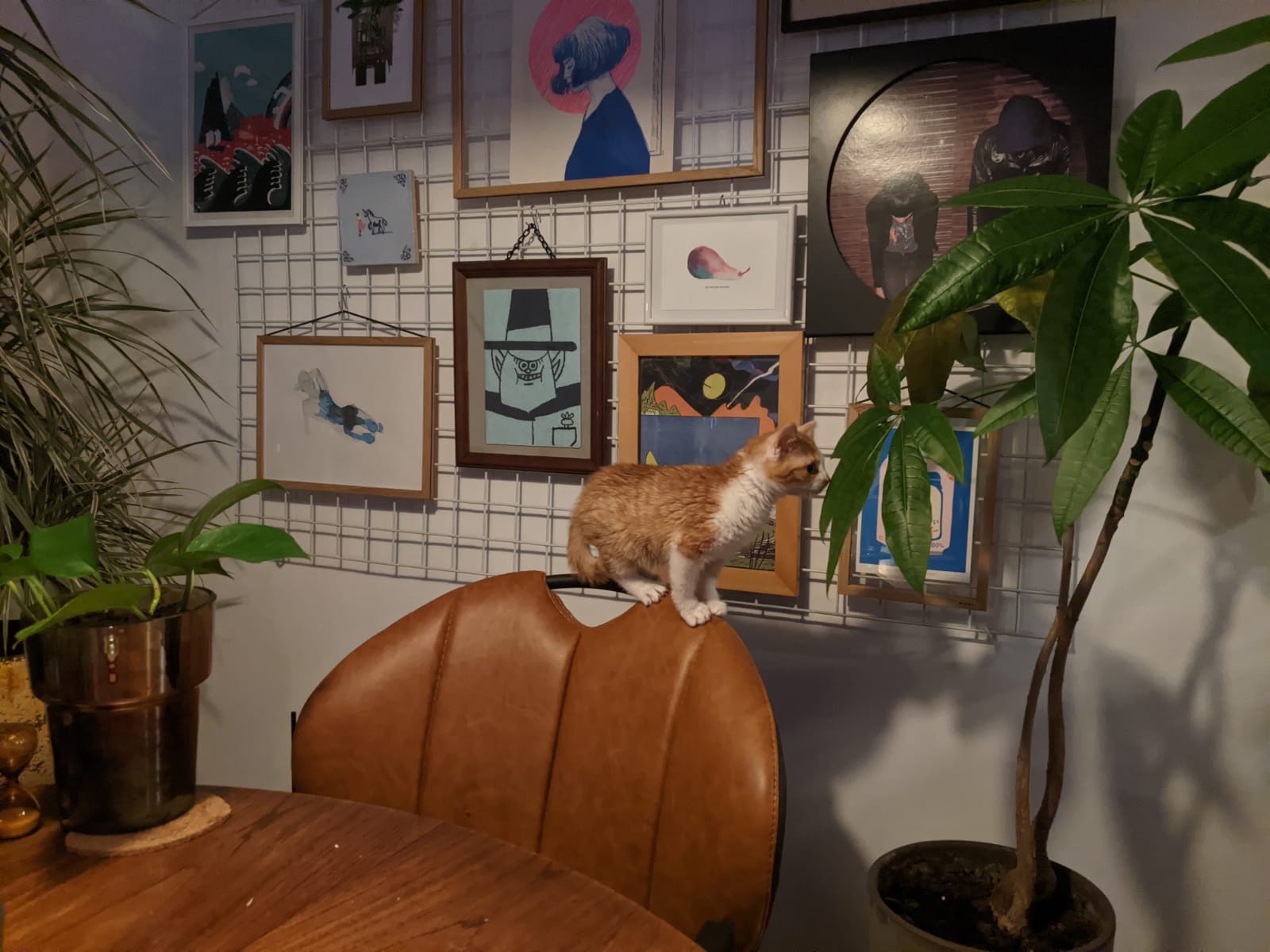
Going to the vet
I immediately went to the vet who asked to see a video of the seizure, if it happens again. It indeed happened again and I timed it and recorded it. It was 20 seconds at most.
The Vet saw it and confirmed that it was a seizure. She was having seizures quite often. Around 9 times per month. This was way above the okay limit of approximately once per 6 weeks.
The Vet and I immediately started with the typical blood tests, toxoplasma medication, etc. But, nothing worked and Gijsje kept on having seizures. The aura phase was often clear. I could tell a few seconds before Gijsje's seizure was about to happen (if you have a dog, your dog will most likely be able to warn you that a seizure is incoming as they can smell changes in the body). After she'd had a seizure, Gijsje always came to me like a little child needing extra attention and love. She would meow and cuddle with me. I would always give her extra love and attention after a seizure. She would often sleep for a very long time after a seizure as it's quite tiring.
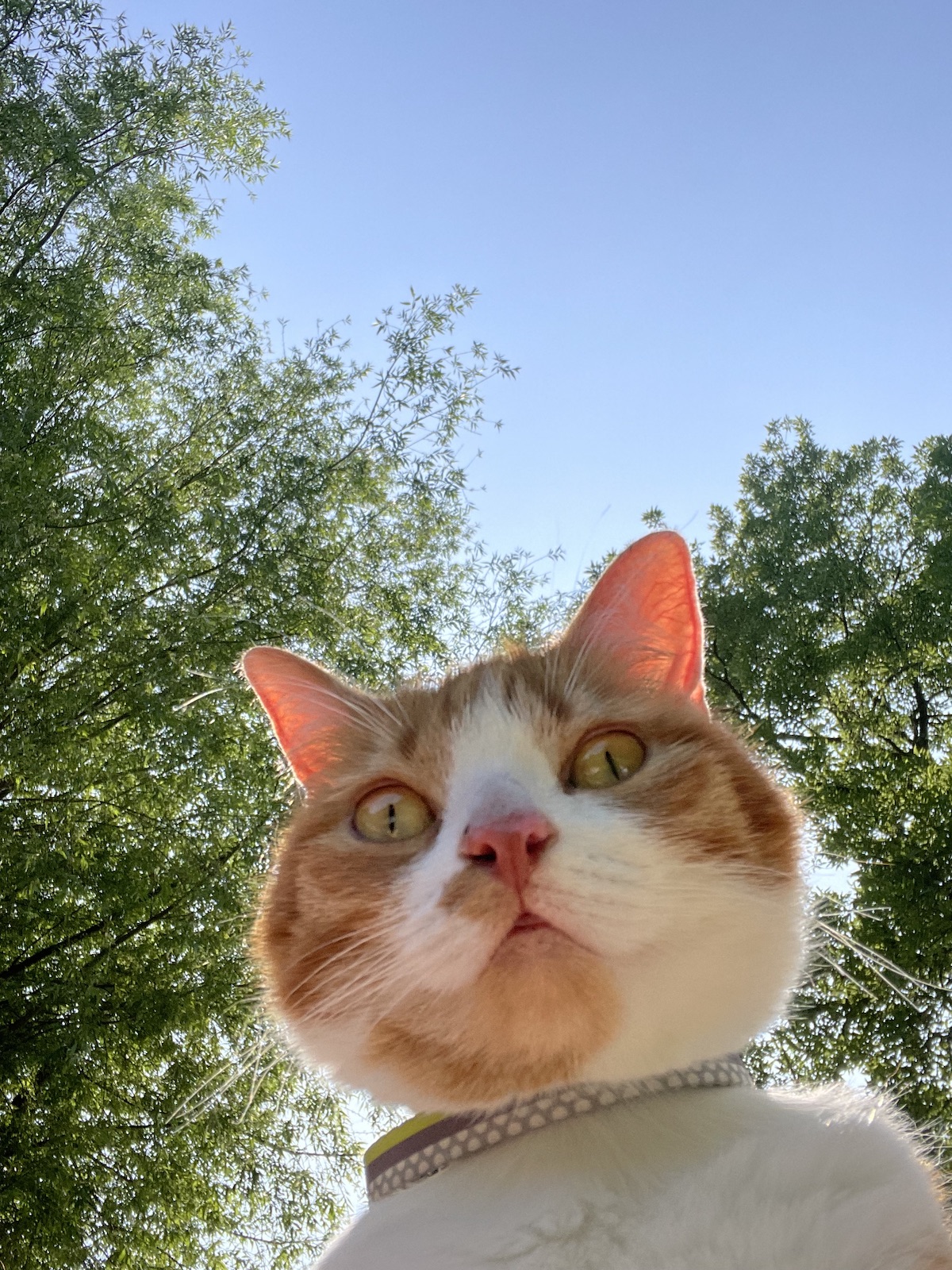
Things I tried
Here's a list of things the Vet and neurology specialists tried.
The Vet referred me to a neurology specialist. I wasn't satisfied with the diagnosis and the way it happened so I asked for another referral. There Gijsje got an MRI. They found no brain tumor
That's good and bad news. It's good that she does not have a tumor, but the search for the cause has been taking so long. It's also taking a toll on Gijsje who had to undergo anesthesia.
The doctor then prescribed epilepsy medicine: Phenobarbital. Gijsje's seizures fell down to almost once per 2 months. However, there were massive side effects that forced me to stop the medicine. Gijsje was almost not alive. She was barely moving, and extremely sedated all the time. She was also hiding all the time under the bed, rarely ever leaving it. She hated taking the medicine and often had a weird reaction to it (she would have a small convulsion). I stopped the medicine and Gijsje was back to normal. The seizures were, as expected, back.
A convulsion is a sudden, violent, irregular movement of the body, caused by involuntary contraction of muscles and associated especially with brain disorders such as epilepsy.
While none of the above has worked, I still recommend you to visit the Vet and specialists before you try anything yourself. Epilepsy medicines often work for cats but they didn't work for Gijsje. The next section lists some of the things that worked for Gijsje. They most likely worked because she's got epileptic seizures. Epilepsy means that the cause of the seizure is not known. There are two other types of seizures, one of them caused by a brain tumor which would easily be detectable with an MRI scan.
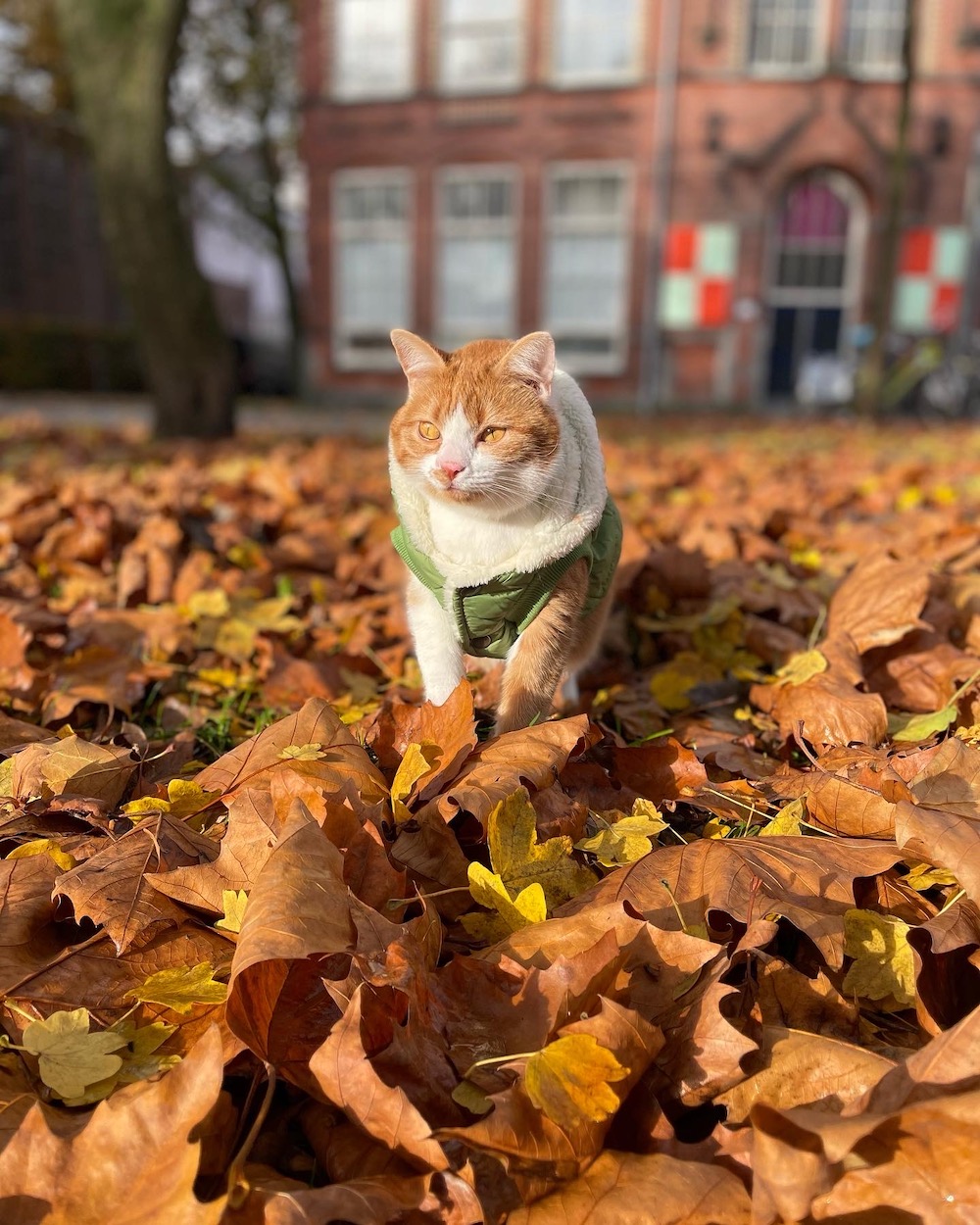
Taking matters into my hand
I was quite disappointed with the vets and neurologists' experience. It was often a one-way conversation where I was just describing my findings and experiments and I got nothing in return. I even visited a specialist who had published a paper about epilepsy in cats, but he was of no help.
This is when I decided to take matters into my own hands.
A quick Google search landed me on an article suggesting that the type of food may improve epilepsy. In particular, grains in food may be the cause of seizures (or may be causing increased seizures). I immediately switched Gijsje's food to a grain-free diet. I immediately saw a decrease in the frequency of seizures.
It wasn't much but it was perceivable. Then, I had a doctor's visit, which was during covid and the doctor fed her some food that contained grains, even though I had specifically requested them not to, and her seizure frequency went back to normal. This was bad, but promising!
I later had a pet nutritionist design a diet specific for Gijsje and I started meal prepping for her. She was then having less convulsions and maybe slightly less frequent seizures. It takes time to notice these differences as her attacks last 20 seconds only and I could miss it if I was taking a shower. It's sometimes possible to see that she had a seizure because of a saliva stain on the floor or couch.
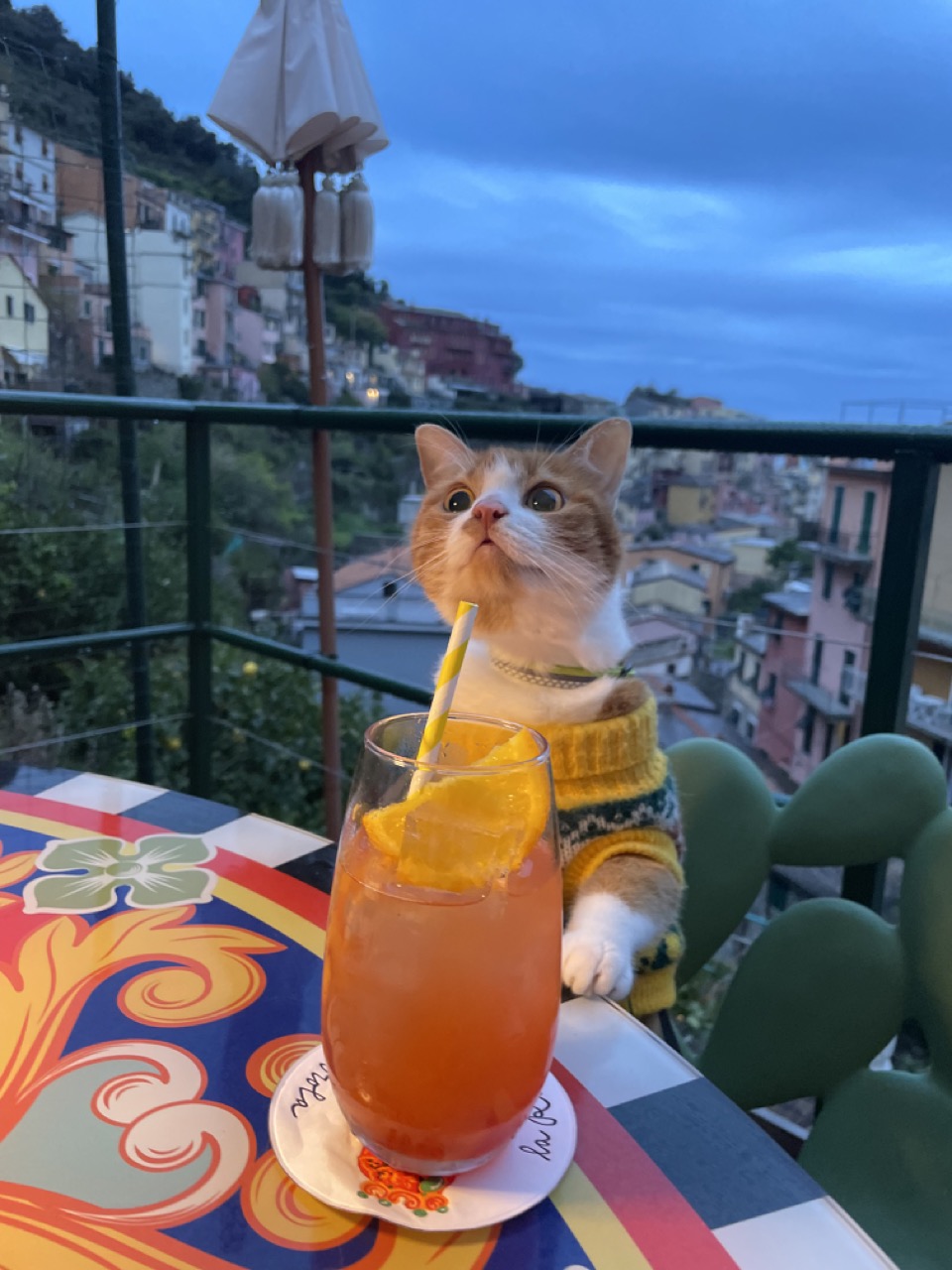
What worked for Gijsje
The approach that I followed was not purely scientific. I cannot afford to introduce food components one by one and wait 1 full year. Seizures cause some kind of brain damage and I needed to get them as low as possible as fast as possible.
Here's what's currently working for Gijsje (I'm not sure exactly which ones but I will show you what I think has helped based on my experience):
1. Grain-free high-quality wet food
This brought the biggest improvement to Gijsje's epileptic seizures. I tried a few brands. This article is not sponsored and if you don't live in a country that offers these brands, you do not need to get the exact ones. Just try (preferably) with your vet and see which one has better results.
I tried grain-free kibble but I noticed that grain-free wet food was better. It seemed way less processed. There's overwhelming evidence of the downsides of processed food for humans, so you can imagine that it's not good for cats either.
Gijsje's food is now entirely made of wet food. This has a downside to her dental health (because kibble usually helps with cleaning the teeth) so I now brush her teeth once a week with dentisept. She also now almost never drinks water, which may seem worrying but the vet confirmed that she's getting all the fluids she needs from the food. She still pees like a normal cat. In all cases, I still have a water fountain for her (I occasionally still see her drinking).
The best diet that worked for Gijsje is the beef menu from BioFoods. Living in the Netherlands, I can easily get this as it's a Dutch brand. If you live elsewhere, try to get something of high quality (bio, grain-free, minimally processed, etc.). It's not cheap at all, but it's actually cheaper than epilepsy medicine.
2. Single-source protein
This also helped a lot and I realised that other high-quality brands and meal prep has most likely failed for Gijsje because they contained multiple protein sources; for example, beef, chicken, fish, etc.
Your cat may have an allergy to a specific protein source. There's no test for it except for an elimination diet. I cannot afford to do an elimination diet without having her brain destroyed so I opted for a single-source beef option and that luckily worked!
This made me also change the treats that I give her. I now give her liver heart. Those treats are actually meant for dogs but I checked with the Vet that it's okay. The reason why I chose them is that almost all cat treats are extremely processed.
3. Kelp powder and probiotics
These two supplements had visible effects as they tremendously reduced Gijsje's convulsions and increased her energy levels.
They were originally suggested by the pet nutritionist alongside other supplements. I don't use them every day but I have two small spice-like jars next to her food containing these two supplements. I spray a bit of both approximately twice a week.
If you buy the probiotics, make sure it's meant for cats. You can most likely get any kelp powder of good quality (but please double-check with a vet/nutritionist).
4. Bone marrow
This also seemed to improve her epilepsy. I started getting very small bone marrow and cooking one for her and one for me once or twice a month. Make sure to give your cat the meat and remove the bone and make sure there are no small bone parts that they can choke on. Bone marrow contains a multitude of vitamins and has many benefits.
As a reminder, if your cat turns out to have an allergy to certain protein sources, then this may not work. This worked for Gijsje because her only protein source is beef.
All the above changes made her epileptic attacks drop from 9 times a month down to one time per month.
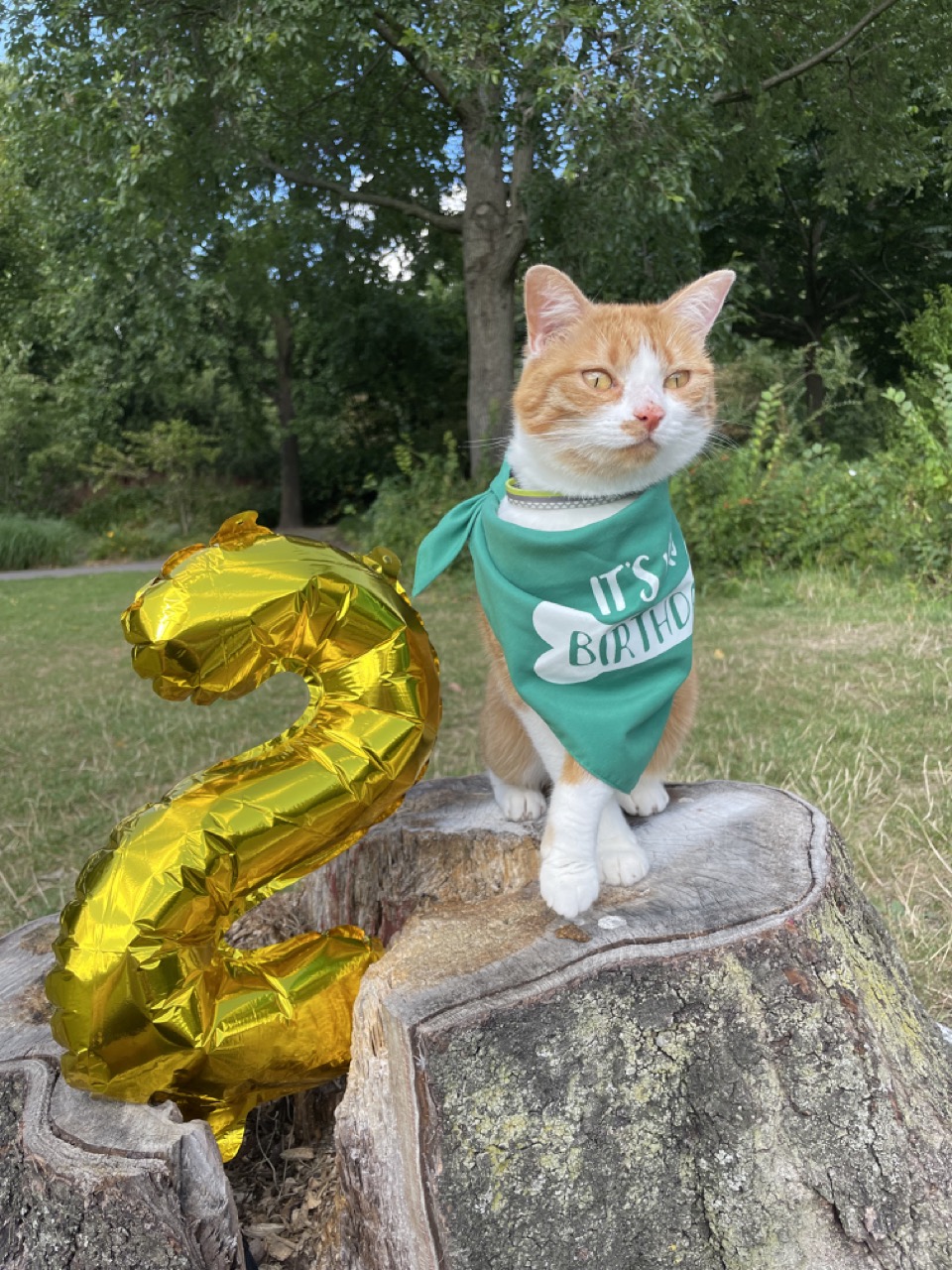
Stress and Epilepsy correlation?
Gijsje liked going out of the house and even traveling with me. This could be observed by her tail movement, mental state when traveling, and how often she purred and wanted to cuddle. It's most likely because she got used to it when she was a kitten.
Also, I developed a way to ask her if she wants to go out for a dog by making her smell the harness (so that she expects to go out) every time before putting it on and going out. This let me "ask her" if she wants to go out by making her smell the harness and observing her reaction. A happy curious tail (question mark pointing up) means yes. Most other things mean no (especially if she goes under the couch).
In all cases, I recently moved to another apartment where I have a larger balcony and she now gets most of her enrichment there with an occasional walk outside.

Conclusions and food for thought
Remember that I'm not a vet or a doctor. Don't do anything in this article without first consulting your doctor.
But, if your vet gives up, then please take matters into your own hand and prevent your little fur baby from suffering as much as possible.
There were other approaches that I couldn't try for long, for example, CBD Oil or even Reiki (I'm at the moment trying a reiki treatment). There's one study about the effects of Reiki on epilepsy and I could feel the difference in "heat" when holding my hands above her head. It would be way hotter as Gijsje's seizure was approaching. It seems to me that epileptic seizures may be caused by the accumulation of something in the body because I could see it as a graph that goes up and epilepsy had to break it down to the base level. Your goal is to make this as long as possible so that it doesn't happen very often.
Keep a log of each seizure you administer or suspect. It will come in handy as you evaluate what works and what doesn't. I personally write the day and time of the seizure and anything abnormal about it (was it too short? or too long?).
I also realised that it's best to not touch your cat at all when they have a seizure. Don't try to suppress it or caress them as it will make things worse. You just need to make sure that they are in a safe place and they're not hitting their head or don't have a risk of falling somewhere dangerous or high.
In conclusion, the quality of food is very important to cats and dogs. Unsurprisingly, it's also very important for us. So, remember to also take care of yourself.
If you're a neurologist and are interested in getting more information (such as seizure log, videos, etc.), please get in touch and I would be happy to contribute. There's, unfortunately, a lack of studies on epilepsy in cats and its causes and effects. I later learned that Gijsje is (almost) blind and I cannot know if that's caused by epilepsy or not. But don't worry, she's having an amazing life even though she can't see well.
If you have questions, please get in touch by writing me at joubran.jad+catepilepsy@gmail.com or on Instagram.
